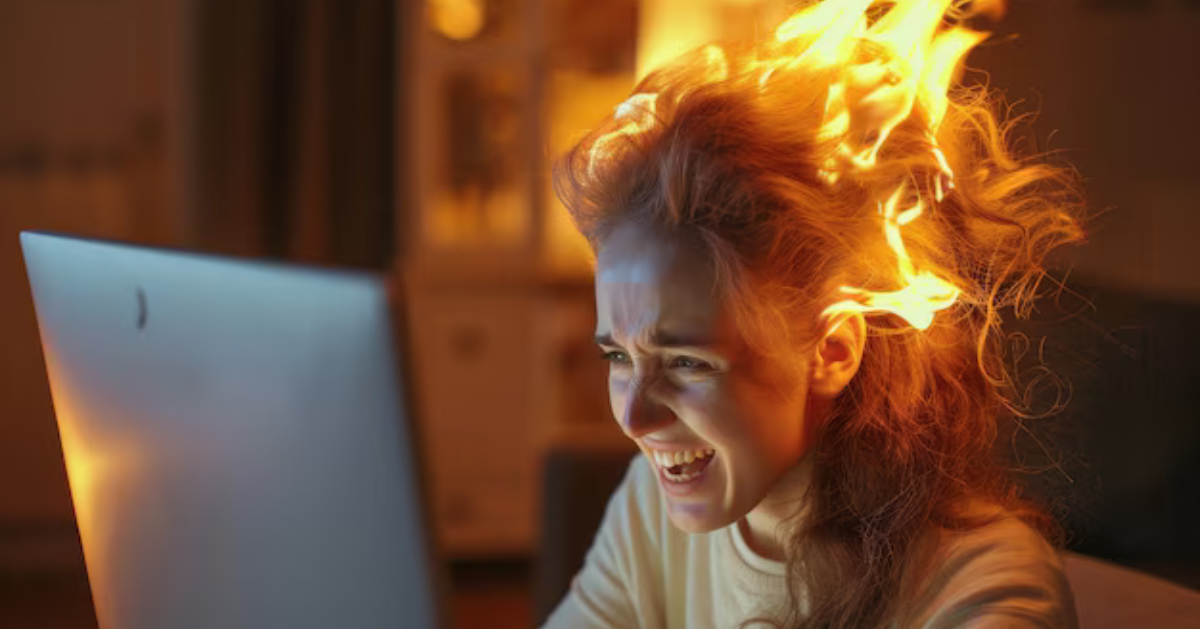The goo goo guide is a year long series released monthly written by Jennifer Chen-su Huang. The goo goo guide follows Jennifer during a year long artist residency in Taiwan through a Fulbright Fellowship. Join us as we follow Jennifer on her journey! The series is released through our Quarterly issues from Autumn 2017-2018, subscribe below for monthly reminders to read the goo goo guide!
Sometimes I put a fan by my screen door to imitate a natural breeze, to cut through this humidity.
Lately, I’ve been finding it especially difficult to muster the motivation to make. I’m not sure if it’s the increasing pressure with the last few months of my fellowship so close. Finding myself in a new environment in Tainan, and with time so short, I feel unready to prove myself worthy of the school’s generosity, for agreeing to host me over a year ago.
This semester, I met a Senior Fulbright Scholar, Yi-Chun Tricia Lin, who’s teaching a seminar in Post-Colonial Feminism at National Dong Hwa University. She graciously sent me her syllabus and from there, I’ve made myself a thick reader.
I have many reservations about my “research,” and this reader certainly addresses some of those issues; for example, how “the term, ‘research’ is inextricably linked to European imperialism and colonialism. The word itself, ‘research,’ is probably one of the dirtiest words in the indigenous world’s vocabulary,” writes Linda Tuhiwai Smith in Decolonizing Methodologies: Research and Indigenous Peoples. I have witnessed this skepticism in the community that I was working with last semester. And I realize its validity and knew even before I started this fellowship that these would be questions I would have to work through. Who am I with my vague and nameless identity to come and “rescue” indigenous weaving from oblivion? How can I with my patriarchal lineage of Han men, the oppressors of the indigenous, to be welcomed?
“Ma, I wish I knew the histories of the women in our family before you. I bet that would be quite a story,” writes Merle Woo in her Letter to Ma. I feel this too. When I ask to see the recorded family tree, all I see are the names of men. The lives of the wives, mothers and daughters rendered invisible. My father tells me my great-grandmother may have been Pingpu. Her family was poor; she was sold to your grandfather’s father’s family. That’s all I have of her story.
In Creativity, Dissidence and Women, Nawal El Saadawi quotes an Egyptian writer who was severely attacked for signing her article using both her mother’s and father’s names: “Why should I only bear the name of my father Helmy? Why is the name of my mother Nawal invisible? In Egypt, why do we celebrate Mother’s Day on 21st March although mothers’ rights are neglected in the family, in society and in the state? On Mother’s Day… I decided to give her a much more valuable present: to make her name visible, like the name of my father.”
Sometimes my pacifist nature causes me to avoid conflicts at all cost. “Thus, even when what I considered a veiled racist remark was made in a casual social setting, I would “let it go” because it was pointless to argue with people who didn’t even know their remark was racist. I had supposed that I was practicing passive resistance while being stereotyped, but it was so passive no one noticed I was resisting; it was so much my expected role that it ultimately rendered me invisible,” writes Mitsuye Yamada in Invisibility is an Unnatural Disaster: Reflections of an Asian American Woman. I never equated my silence to the erasure of women in family trees. But I’m realizing that my withholding is unnatural, that the words I want to say but cannot are burrowing inside of me. It is not void, but rather reeks its destruction within me.
In Tainan, I went to a foot masseuse doctor with a few others from the university. His office was behind a clothing store; no larger than a closet. We were lead by a woman in metals who swore by his ability to cure any ailment. I was the last in the group, and after witnessing the kinds of observations he made, “You are uncircumcised, have a weak liver, need to eat more mushrooms, etc.,” I was wholly surprised when he touched my foot and diagnosed me with not a physical ailment but an emotional one, repressed anger, or men chi.
I pride myself in being quite easy-going, but perhaps the truth is that I am not. I think of Theresa Hak Kyung Cha in Dictee, when she says, “It murmurs inside. It murmurs. Inside is the pain of speech the pain to say. Larger still. Greater than is the pain not to say. To not say. Says nothing against the pain to speak. It festers inside. The wound, liquid, dust. Must break. Must void.”
When I listen to the news as I weave, I am so utterly frustrated. When I read texts from Tricia’s class, I can’t believe the little progress that has been made since the 70s. Why are these issues so heartbreakingly familiar? Why must the next generation of women and people of color still endure the same injustices as their mothers before? And what are we to do about this?
I don’t have the solutions, but I think of Nawal El Saadawi who writes, “A creative woman should be dissident… To be dissident means to struggle, to liberate oneself and others in one’s family, in one’s community, locally and globally. In this sense, we cannot separate the global from the local level, so we call our struggle “glocal.” While the world seems to be turning increasingly towards intolerance and hatred, I can still exercise a certain level of impact on a tiny scale, that is within my own community, where I am here. I think that focus on the present is imperative, because that is where change begins.
Over 40 years ago, Mitsuye Yamada wrote, “To finally recognize our own invisibility is to finally be on the path toward visibility.” That foot doctor provoked me to confront my contributions to my own erasure, to confront the resigned acceptance handed down to me by my mother and my mother’s mother, and her mother’s mother. In acknowledging my own complacency, I can finally work towards actualizing my responsibility as a woman and an artist, to ensure that all voices are heard, to truly protect equality and justice for all. I realize this is an idealistic cry, but we all must begin somewhere to avoid being crippled by cynicism and self-doubt. I could describe the essence of art in one word, I think art is hopeful.










